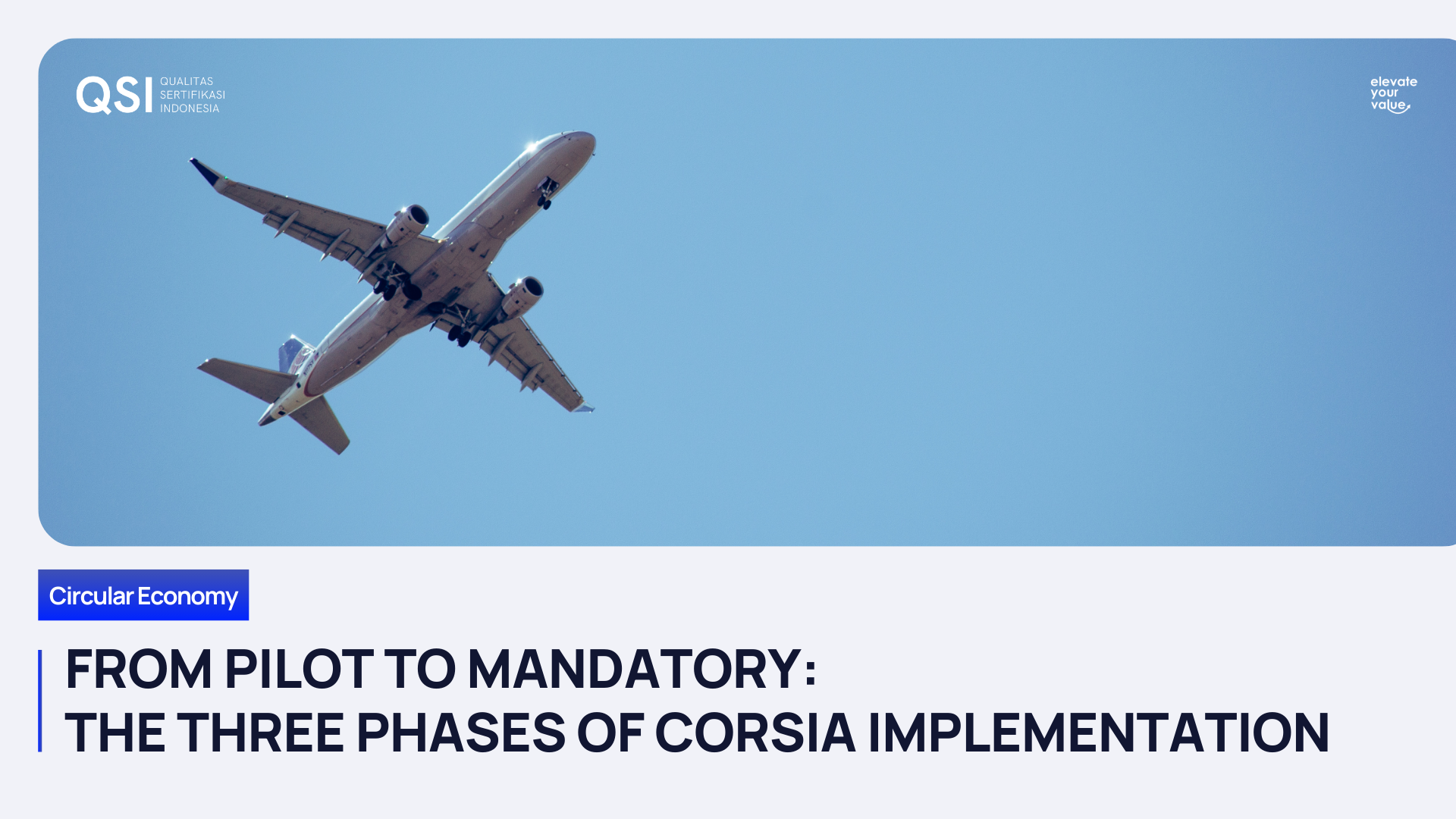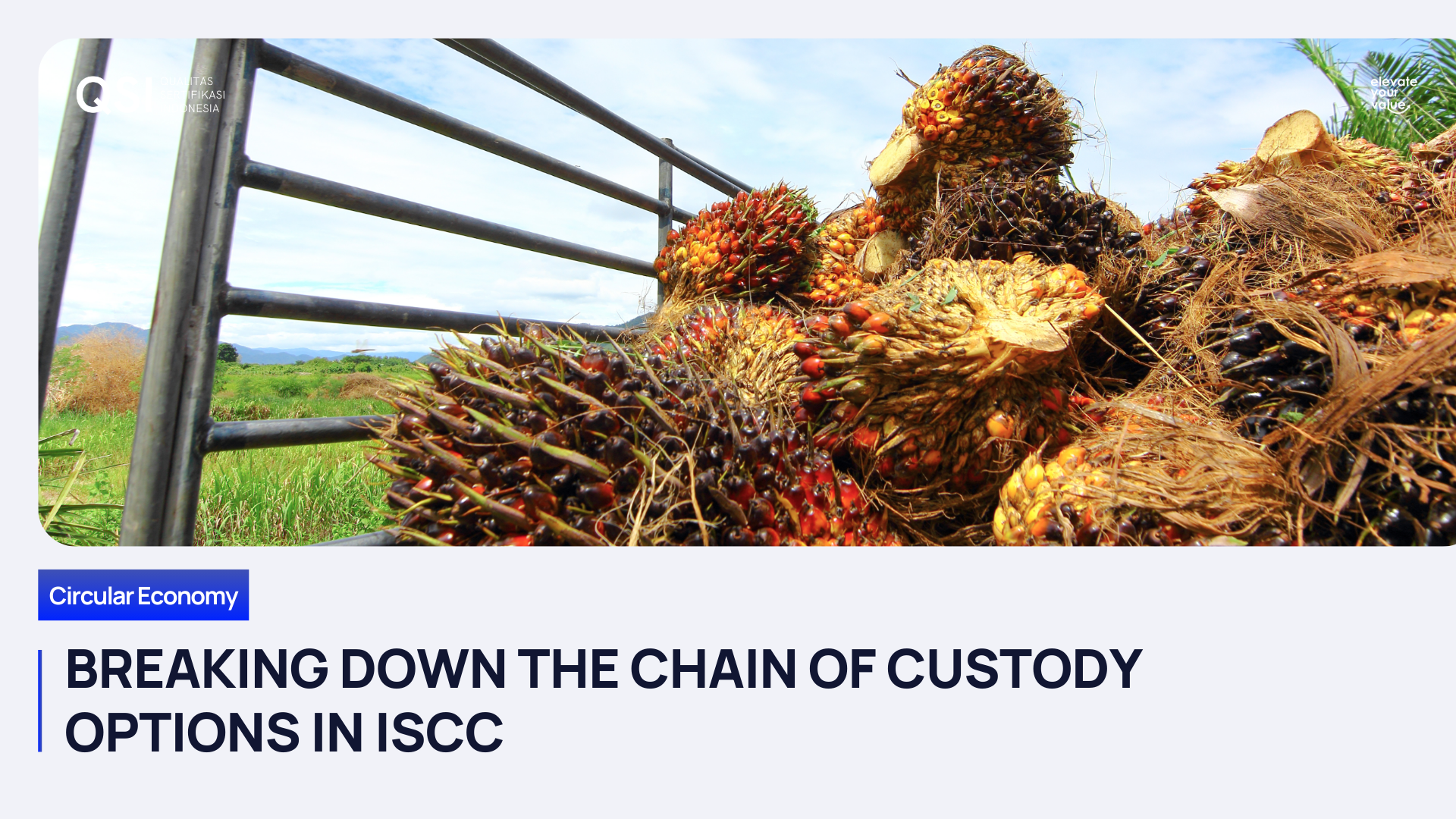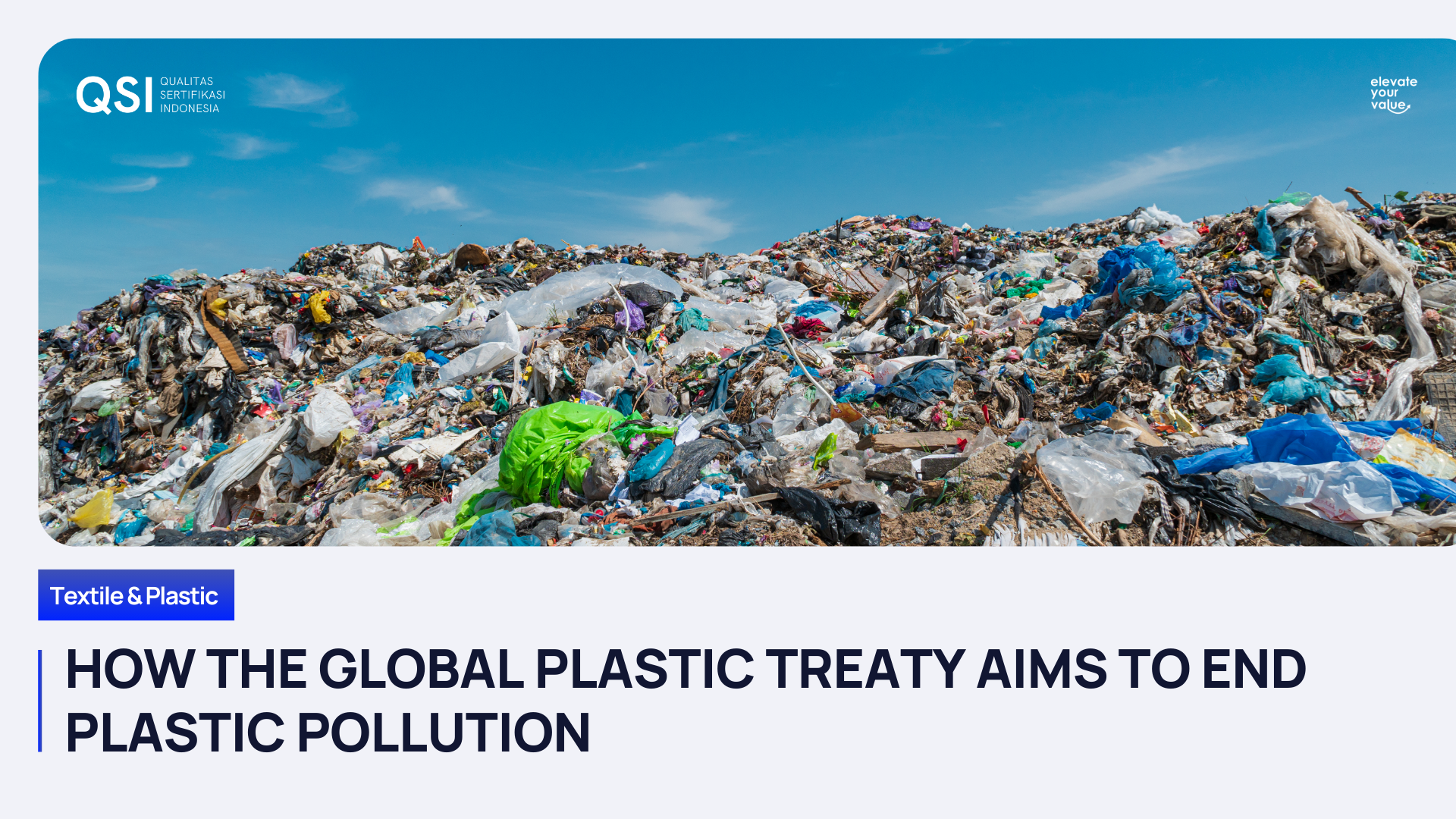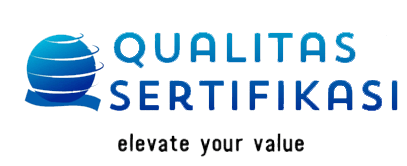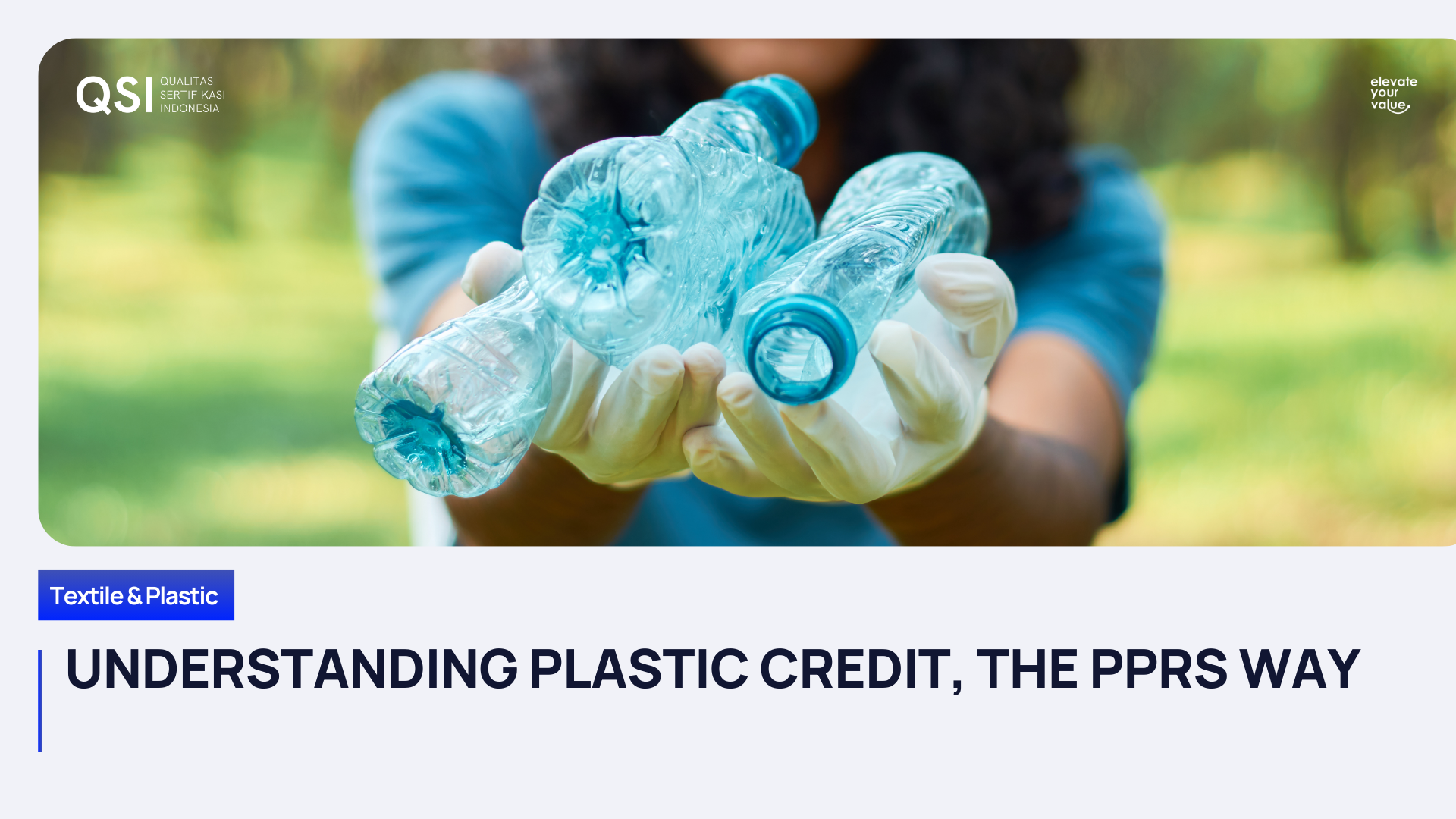Unlocking the Potential of Indonesia's Blue Economy
Greetings, Qualizer! Today, we embark on a voyage into the dynamic realm of ocean sustainability, focusing on the groundbreaking Indonesia Blue Economy Roadmap. This ambitious policy presents a compelling case for harnessing the ocean's vast potential not just for economic growth, but for safeguarding the health of our planet. By delving into its core pillars and analyzing its data-driven approach, we aim to gain valuable insights into the potential of this model for shaping a more sustainable future.
Indonesia, the world’s largest archipelago, has a vast oceanic territory that is rich in biodiversity and natural resources, with 17,500 islands, 108,000km of coastline, and three-quarters of its territory at sea, the country has recognized the potential of its blue economy and has prioritized it as a key sector for sustainable development. During Indonesia’s chairmanship of ASEAN in 2023, the country highlighted the blue economy as a key sector for the region’s sustainable future.
The blue economy is a concept that emphasizes the sustainable use of ocean resources to promote economic growth, social well-being, and environmental sustainability. Indonesia has made substantial progress in expanding its Marine Protected Areas (MPAs) to more than 23 million hectares, with the goal of reaching 30 million hectares by 2030. A scorecard system has been implemented across MPAs to provide rigorous effectiveness tracking for environmental health.
The “Indonesia Blue Economy Roadmap” serves to consolidate the policies, programs, and activities supported by all stakeholders and to provide guidance to realize sustainable ocean economies. The roadmap outlines the country’s vision to become a global leader in the blue economy by 2045, with a focus on the following five priority areas:
Sustainable Fisheries and Aquaculture
Indonesia aims to increase the fisheries and aquaculture sector's share of GDP to 15% by 2045. The country will promote sustainable fishing practices, improve the quality of fishery products, and enhance the competitiveness of the sector in the global market. The nation's fisheries and aquaculture sector is the largest contributor to the country’s blue economy, accounting for 83% of the total value contributed.
Marine Tourism
Indonesia aims to become one of the world’s top five marine tourism destinations by 2045. The country will develop sustainable tourism practices, improve the quality of tourism services, and enhance the competitiveness of the sector in the global market. Marine tourism is a significant source of revenue for Indonesia’s coastal and marine regions, with potential to support the sustainability and conservation of marine resources. However, the World Economic Forum Travel and Tourism Competitiveness rankings place Indonesia 135th out of 140 countries for its tourism sector’s environmental sustainability.
Marine Renewable Energy
Indonesia aims to generate 49 GW of new and renewable marine energy by 2045. The country will promote the development of marine renewable energy technologies, streamline regulations, and increase multilateral cooperation to support the growth of the sector. Indonesia’s potential new and renewable marine energy has 49 gigawatts of annual power-generating capacity, with tidal energy producing 18 gigawatts alone.
Marine Biodiversity Conservation
The blue economy is a concept that emphasizes the sustainable use of ocean resources to promote economic growth, social well-being, and environmental sustainability. Indonesia has made substantial progress in expanding its Marine Protected Areas (MPAs) to more than 23 million hectares, with the goal of reaching 30 million hectares by 2030. A scorecard system has been implemented across MPAs to provide rigorous effectiveness tracking for environmental health. Furthermore, Indonesia has the largest area of mangroves in the world, accounting for 22.6% of the global total, and its coral reefs account for 18% of the world’s reefs. This ocean biodiversity continues to be critical for the livelihoods of both coastal and inland communities.
Marine Transportation and Logistics
Indonesia aims to become a global maritime hub by 2045. The country will develop its maritime infrastructure, improve the efficiency of its ports and shipping services, and enhance the competitiveness of the sector in the global market. Indonesia’s strategic location and vast oceanic territory make it a key player in the global maritime industry. The country has the potential to become a major transshipment hub, connecting the Pacific and Indian Oceans.
With the world's second-biggest fishing industry, worth a cool $27 billion and providing jobs for seven million people, the ocean isn't just a playground for Indonesia, it's a lifeline. Over half the country's animal protein comes from the bounty of the seas, and tourism, lured by those sun-kissed beaches and vibrant reefs, raked in $21 billion for the GDP in 2019 alone. No wonder the Indonesian government took the recommendations of the United Nations Environment Programme for a low-carbon economy to heart – their future's tied to keeping the ocean healthy.
But Indonesia's not just about taking, it's about unlocking possibilities. The World Bank estimates this archipelago, with its coral reefs like sunken castles and seagrass meadows swaying like underwater lawns, hides a blue economy worth $1.338 billion. From coastal cultures with stories whispered on the breeze to the catch of the day and even forgotten shipwrecks, the potential for sustainable prosperity bubbles just beneath the surface. And that's where the Indonesia Blue Economy Roadmap comes in – a bold plan to chart a course where economic growth and ocean health dance hand-in-hand.
In conclusion, Indonesia has recognized the importance of the blue economy as a key sector for sustainable development. The country has made substantial progress in expanding its Marine Protected Areas, preserving its ocean biodiversity, and promoting sustainable tourism. By taking a more holistic approach, Indonesia hopes to improve sustainability while providing economic opportunities for local communities. The government’s strategic initiatives also encompass marine infrastructure and development, with a focus on renewable ocean technologies to reduce the country’s emission footprint.
Recent posts
Drop us a line
Contact Us
Share
